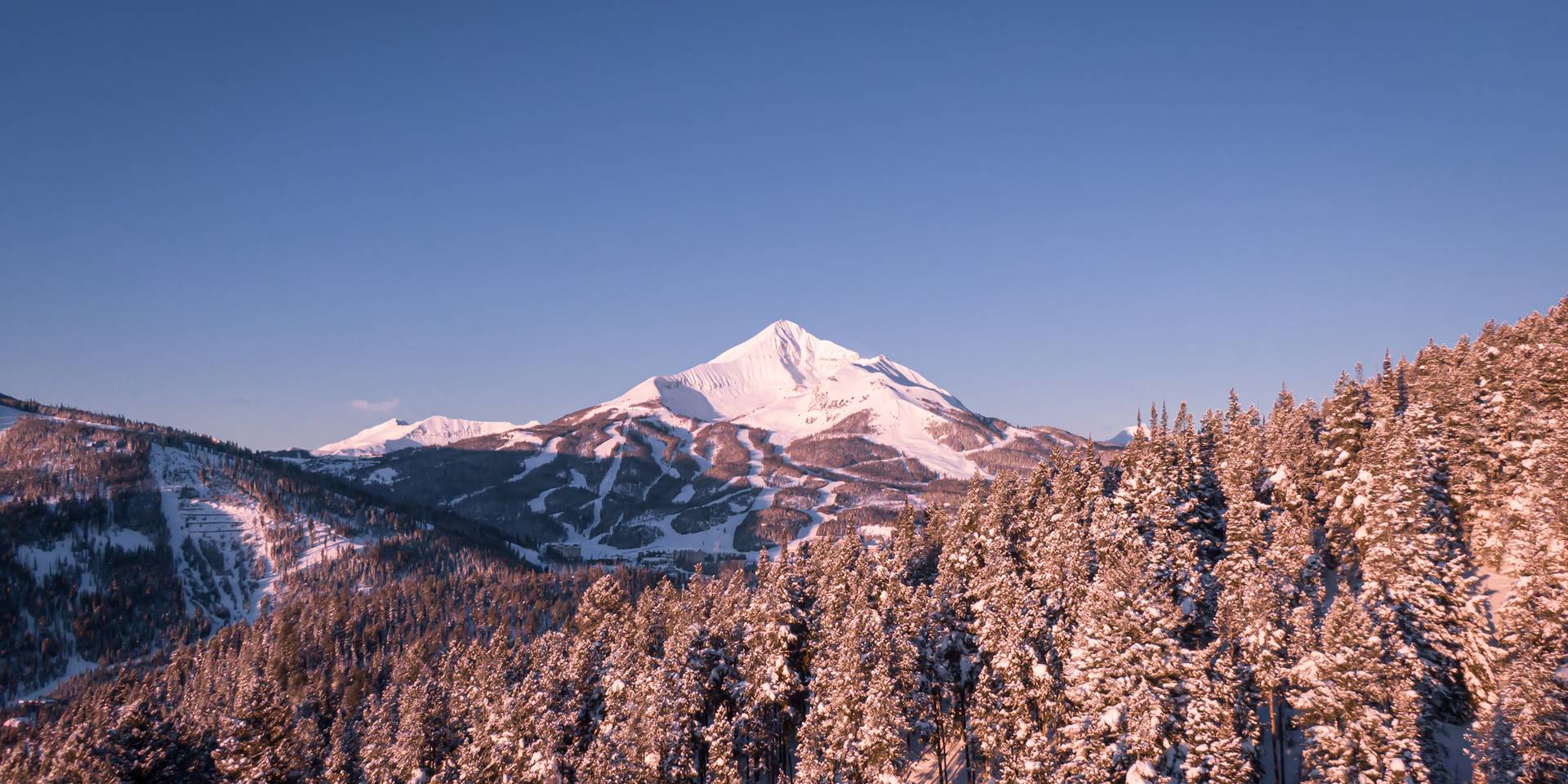Safety
Protecting what matters most—your experience on the mountain. Discover how we create an environment where adventure and safety go hand in hand.
Our ski/bike patrol is available to assist with any on-mountain emergencies. If you are in need of assistance on-mountain, please call (406) 995-5880 or visit any lift terminal to call Patrol. For any other emergencies, please dial 911.
At Big Sky Resort, our safety policies aren't a set of restrictions—they're the foundation that allows you to fully embrace the mountain experience. Our teams work year-round to create an environment where recreationalists of all ages and abilities can pursue their most ambitious days with confidence. When we all commit to these shared principles, we elevate the experience for everyone who calls this mountain home.
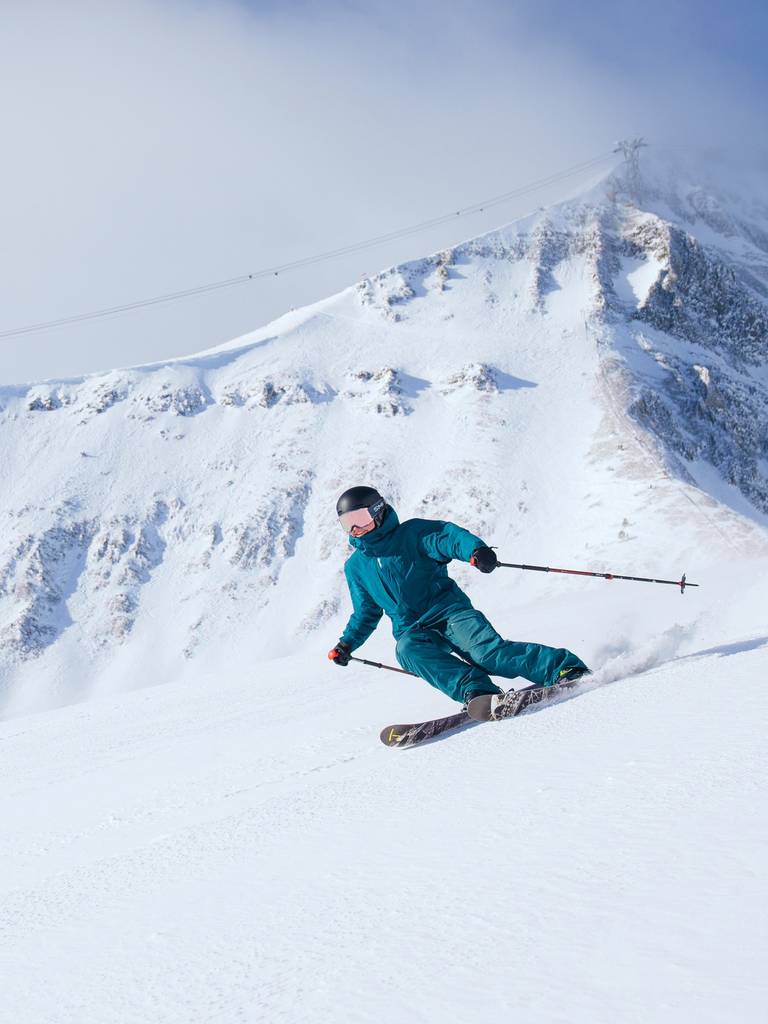
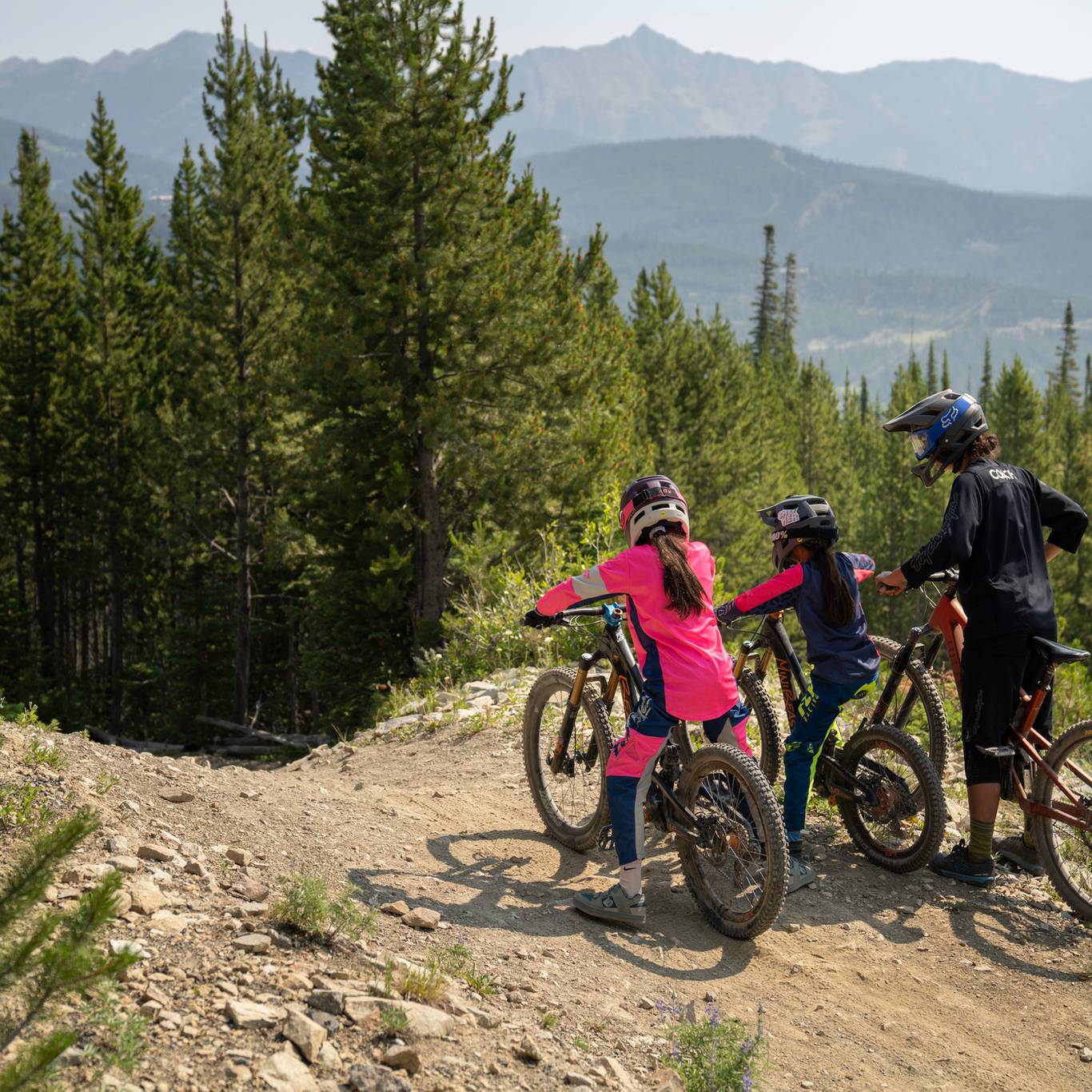
Your Responsibility Code
Think of the Responsibility Code and Montana Duties of a Skier as the language we all speak on the mountain: a shared understanding that allows us to move through this terrain with grace and awareness. Please familiarize yourself with the codes and contact the resort if you have any questions.
Ski & Snowboard Responsibility Code
- Always stay in control. You must be able to stop or avoid people or objects.
- People ahead or downhill of you have the right-of-way. You must avoid them.
- Stop only where you are visible from above and do not restrict traffic.
- Look uphill and avoid others before starting downhill or entering a trail.
- You must prevent runaway equipment.
- Read and obey all signs, warnings, and hazard markings.
- Keep off closed trails and out of closed areas.
- You must know how and be able to load, ride, and unload lifts safely. If you need assistance, ask the lift attendant.
- Do not use lifts or terrain when impaired by alcohol or drugs.
- If you are involved in a collision or incident, share your contact information with each other and a ski area employee.
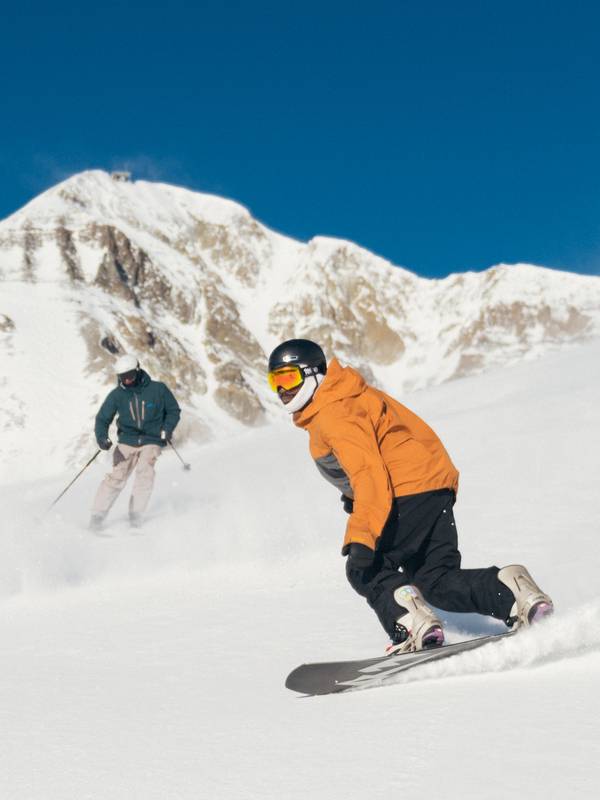
Collision Prevention
Big Sky's legendary wide-open terrain invites your biggest, boldest turns—but even with 5,850 acres beneath you, we're part of a mountain community. Collisions between skiers can have devastating consequences. The freedom you feel on our slopes comes with a responsibility to yourself and those around you. Follow these three principles to help keep the mountain safe for everyone.
Consequences & Collision Policy
We're committed to preserving the experience for everyone on the mountain. Reckless or discourteous behavior undermines that commitment and may result in immediate loss of lift access without a refund.
If you are involved in a collision:
- Check on all injured parties and witnesses.
- Exchange contact information with all parties involved.
- Notify Ski Patrol immediately. Call (406) 995-5880

Equipment
The right equipment doesn't just enhance your experience—it's essential to it. From helmets to bindings, the gear you choose plays a critical role in how you move through the mountain. Make sure you’re equipped to take on the mountain safely.
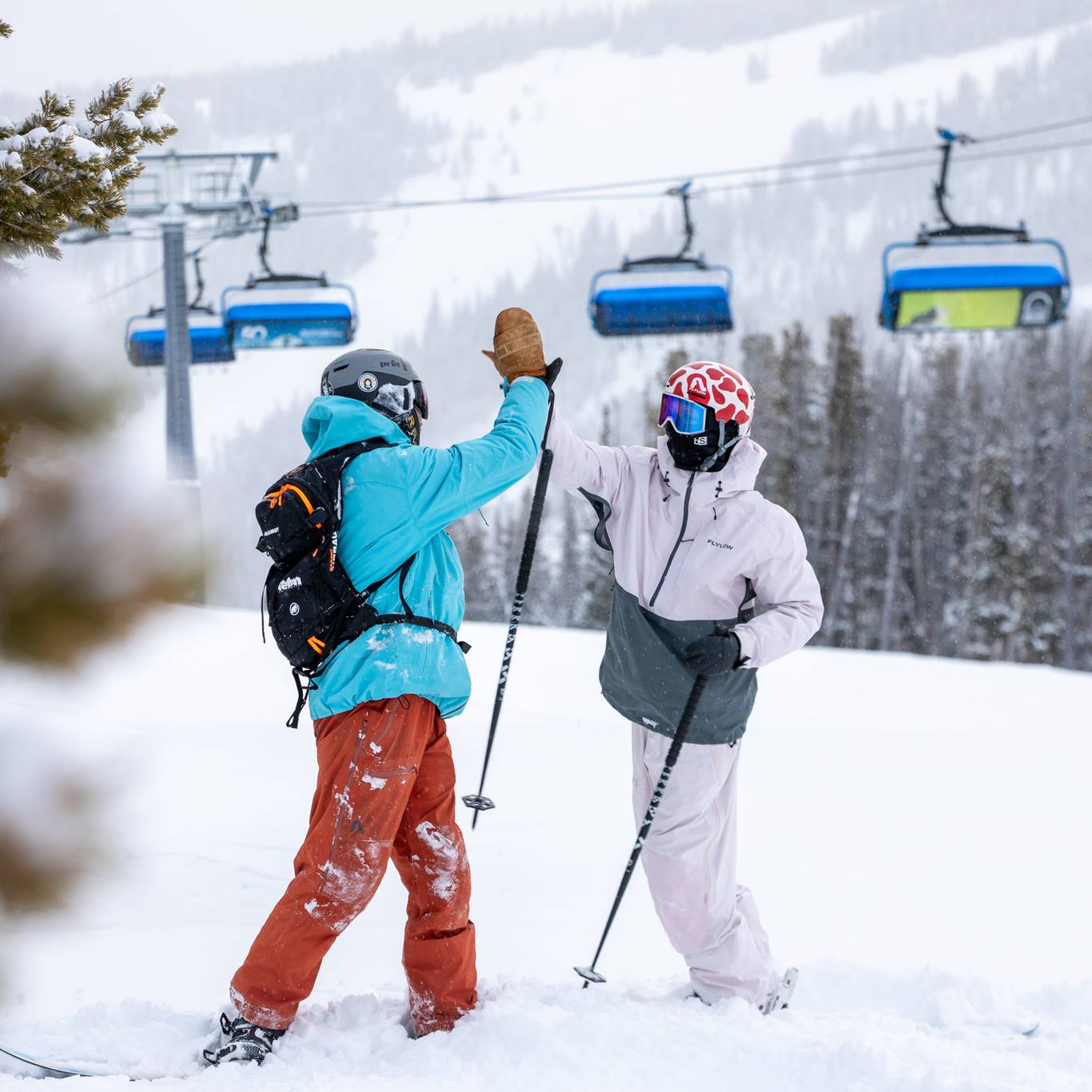
Helmets
Big Sky Resort strongly encourages helmet use for skiing, snowboarding, and mountain biking. While helmets don't prevent all injuries, they're a crucial layer of protection. Pair them with smart skiing—stay within your ability, maintain awareness, and respect the terrain.
Equipment Policy
Please ensure your equipment is in good working order before getting on the mountain. Free tools are available in the base area to adjust your equipment, and if you need more help, bring your equipment into our repair or retail shops.
Review our Mountain Equipment Policy for more information on equipment requirements and what types of equipment are allowed on the mountain.
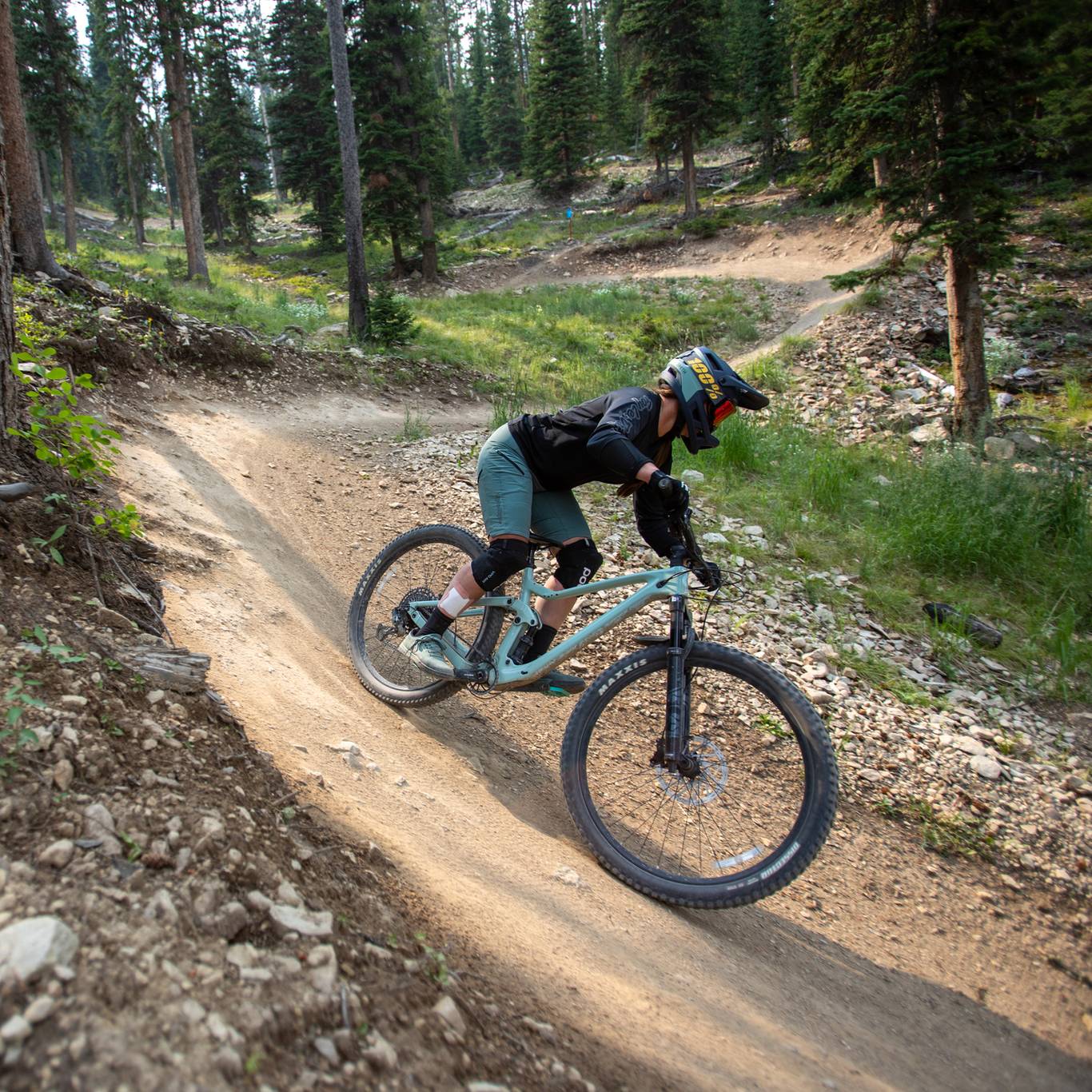
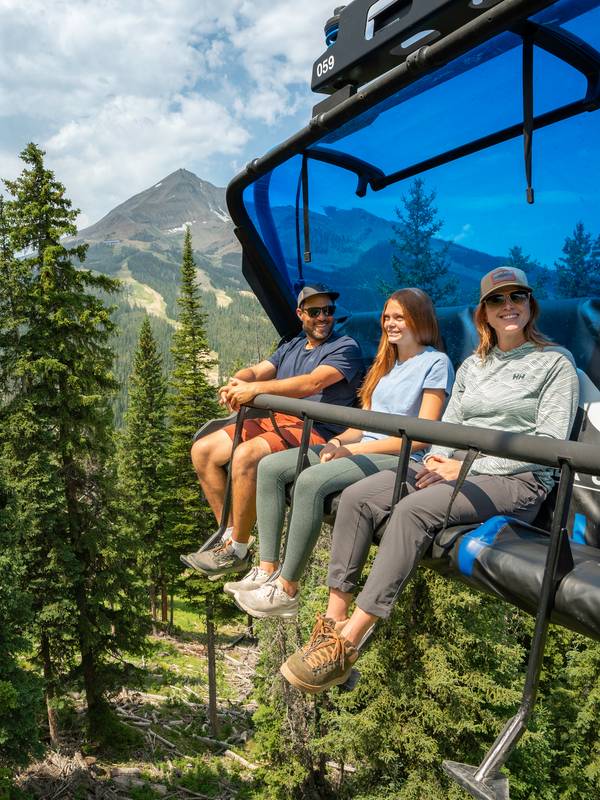
Chairlifts
Big Sky Resort has one of the most technologically advanced lift networks in North America, and safety is a core element of that investment. While new features keep riders safe, it is important to know how to load, ride, and unload all lifts safely.
Tips for Riding Chairlifts Safely
- Be familiar with the type of lift you are riding and what type of terrain it will bring you to. Ask for help if you need it.
- Avoid distractions while waiting in the lift line; refrain from using your phone.
- Before loading, remove backpacks and secure loose items. Remove pole straps from wrists.
- Before moving out to load the chair, make sure everyone in your group is ready.
- Look over your shoulder to watch the chair approach.
- Sit all the way in the chair, flush with the seat back.
- If the lift has a restraint bar, wait until everyone is seated, and slowly reach up and lower the bar.
- Be aware of your surroundings while riding the lift. If you drop something, let it fall. You can always ask ski patrol or the lift attendant at the top for help retrieving the lost item.
- As you approach the top terminal, prepare to raise the bar – but do not raise it too soon. Signs will help you know when to raise the bar.
Restraining Bars
Ride with the bar down. It’s that simple. Big Sky’s core lifts all have restraining bars, and we highly encourage guests to utilize them. Below are some tips and information on certain chairlifts at the resort that may be unfamiliar to guests.
- Wait until everybody is seated on the lift before lowering the bar. It’s common courtesy to announce when the bar is coming down to ensure everyone is aware. Adults, please help children lower the bar so they can remain in their seats.
- Madison 8 features an auto-lowering restraining bar. When you load the lift, lean back in your seat to allow the bar to lower and guide it down into the locked position. The bar will not force itself down, but if it is not lowered completely before the chair leaves the terminal, it will stop the lift. Please use extra caution if you have a helmet mount, such as a GoPro, or are a particularly tall person.
- Ramcharger 8, Madison 8, and Swift Current 6 have locking restraining bars. Once lowered down, they will lock until you enter the top terminal, where they will automatically unlock and raise. The bubbles do not lock and can be lowered and raised as needed.
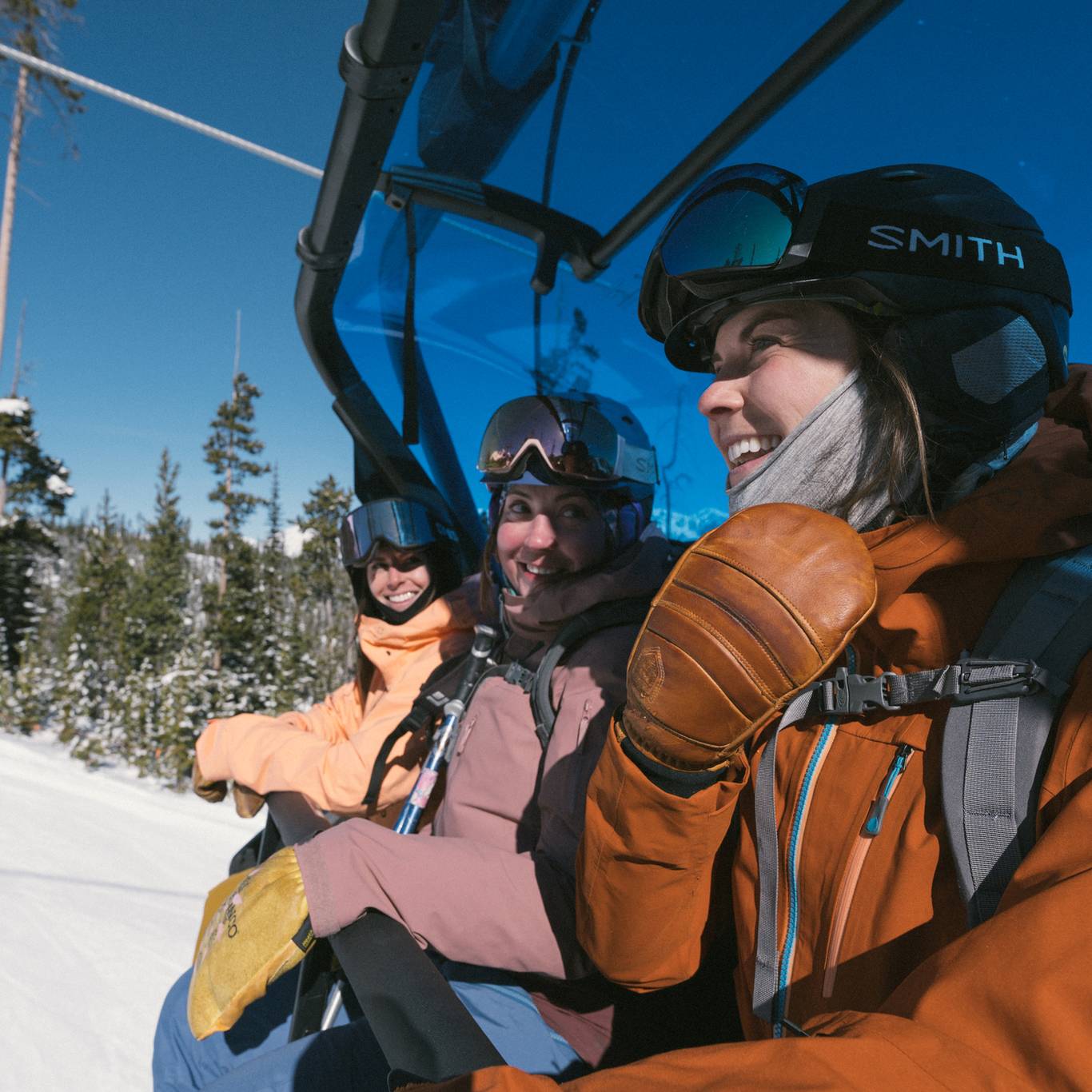
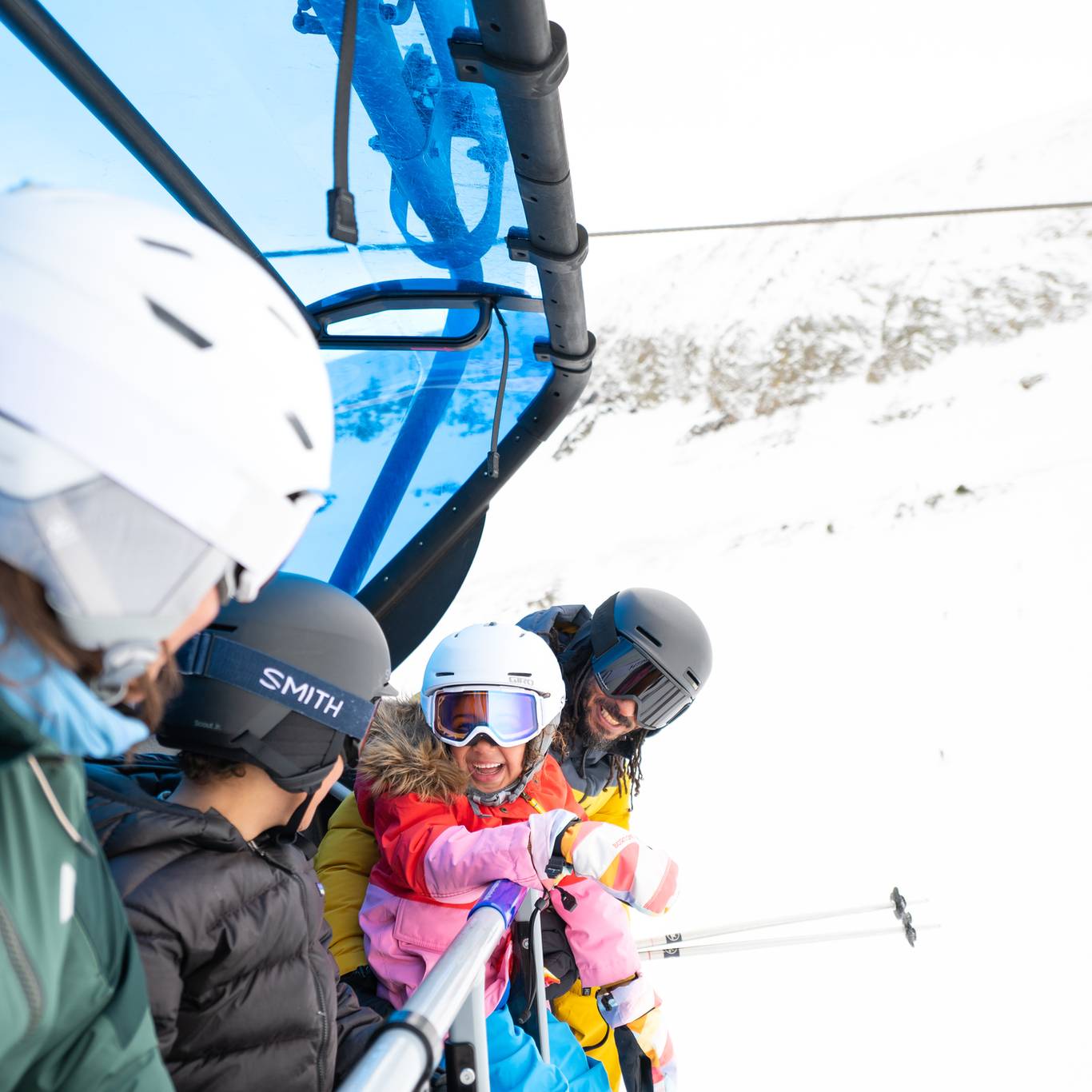
Kids on Chairlifts
Children should sit in their own seats on chairlifts. Load children on the side of the chairlift furthest from the towers and if necessary, ask the lift operator to slow down the lift or raise the loading platform for assistance. Ensure children sit fully in the chair with their back against the seat rest. Adults—please help kids lower and raise the safety bar so they remain in their seats.
For your children's safety, skiing/riding with children in backpacks is prohibited.
Bikes on Chairlifts
Summer chairlifts at Big Sky Resort have special bike carriers that allow for guests to load and unload their own bikes. We recommend practicing using the mechanism before loading your bike using the practice carrier in the base area.
When you get on the lift, you’ll load your bike first, then ride the chair behind it. At the top, the bike carrier will stop in the terminal, allowing you to retrieve your bike and ride off the platform once the carrier moves on. Pro tip: lower your seat before loading the chairlift so you can comfortably hop on your bike at the top terminal.
Kids’ bikes and bikes with large tires have a special hook on the outside of the carrier. If you need assistance, please speak to one of our lift attendants.


Terrain
Conditions across the mountain change daily—a surprise powder day or extra-soft groomer can be a delight. And Big Sky’s huge variety of terrain is part of what makes the mountain special. But it’s crucial to respect the terrain for its risks and ever-changing nature.

Slow Zones
Certain areas (highlighted on the map) are designated as SLOW ZONES. Please observe posted slow zone areas by maintaining a speed no faster than the general flow of traffic. Fast skiing and riding may result in the loss of lift access.
Terrain Ratings
Trail ratings are relative to every resort—not all greens, blues, and blacks ski the same. Big Sky Resort features six different terrain ratings across the mountain:
Beginner | Intermediate | Advanced Intermediate | Advanced | Expert | High Exposure
We recommend starting at Big Sky on a level you feel most comfortable with and working your way up to get a feel for the terrain difficulty. The easiest full-length runs on the mountain are White Wing (from the Explorer Gondola mid-station) at Mountain Village and Cupajo from Derringer at the Madison Base.
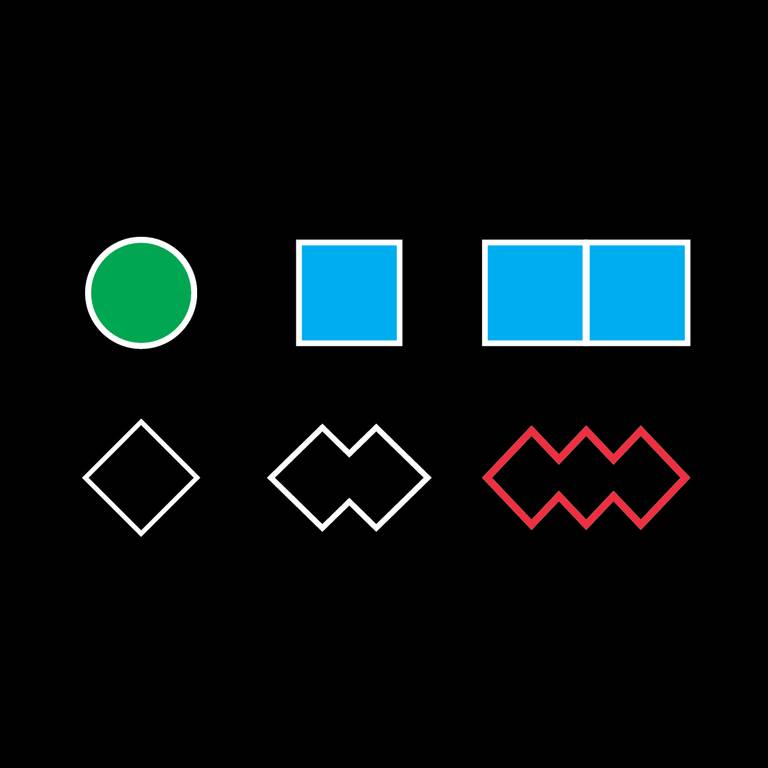

Terrain Parks
Freestyle terrain may include jumps, hits, ramps, banks, fun boxes, jibs, rails, half pipes, quarter pipes, snowcross, bump terrain and other constructed or natural terrain features. Learn and follow PARK SMART behaviors.
- START SMALL: Work your way up. Build your skills.
- MAKE A PLAN: Every feature. Every time.
- ALWAYS LOOK: Before you drop.
- RESPECT: The features and other users.
- TAKE IT EASY: Know your limits. Land on your feet.
Big Sky Resort has six terrain parks ranging from extra small to large. Work your way up from small parks and features to larger ones.
Tree Wells & Deep Snow
Everybody loves a powder day, but deep snow, particularly around trees, can be a hazard.A tree well/snow immersion suffocation can happen when a skier or snowboarder falls, usually headfirst, into a tree well or deep, loose snow, becomes immobilized and trapped under the snow.
Breathing becomes difficult, especially when you are headfirst in the snow, as the loose snow fills in around you. Without immediate help, you may suffocate.
Always ski or ride with another person in trees and deep snow. Keep each other in your line of sight and stop to regroupfrequently.
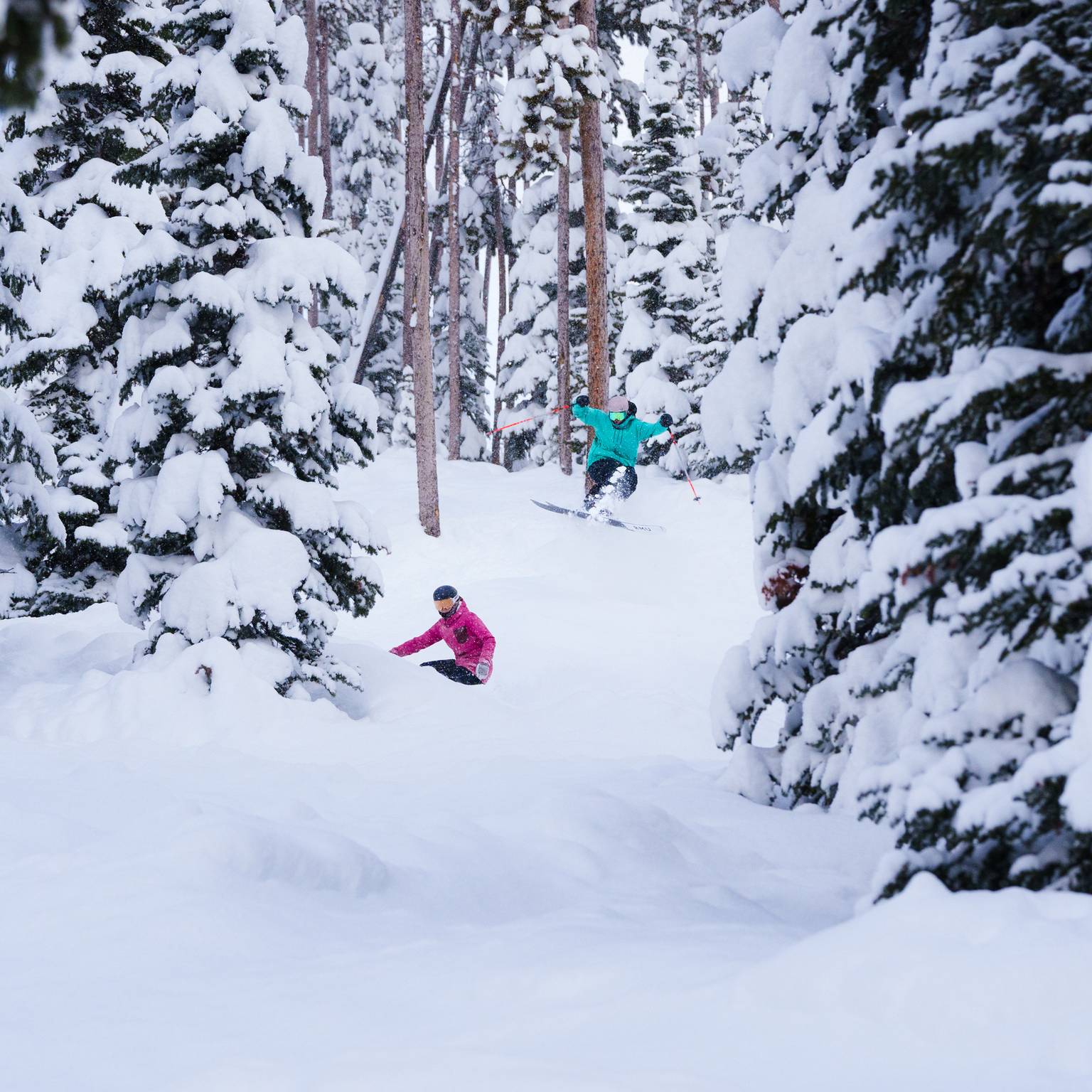

Avalanche Risk
Big Sky Resort’s alpine terrain harbors real avalanche risk. Our teams work tirelessly to mitigate that risk, but it cannot be eliminated. We encourage you to be educated and prepared about the dangers of avalanches and best practices for skiing in avalanche-prone terrain. Please respect all terrain closures and have patience during delays as we work to mitigate avalanche risks after new snowfall. Contact our Ski Patrol team for more information.
Hike-to Terrain & Uphill Travel (Touring)
Hike-to routes provide access to specific areas of terrain on the mountain. These routes lead to expert terrain that might not be as frequently trafficked. If you are unfamiliar with the area, be sure to go with a guide or check in with Ski Patrol.
Hike-to Routes:
- Bone Crusher (access from Swift Current)
- Headwaters/A-Z Chutes (access from Challenger or Headwaters)
- Upper A-Z Chutes (access from Powder Seeker)
- Horseshoe Bowl (access from Lone Tree)
- Trident/Orbit (access from Horseshoe Bowl or Deepwater Bowl)
Uphill travel (touring) is accessible on specific trails only. View our Alpine Touring, Uphill Ski Travel & Skinning Policies for more information.

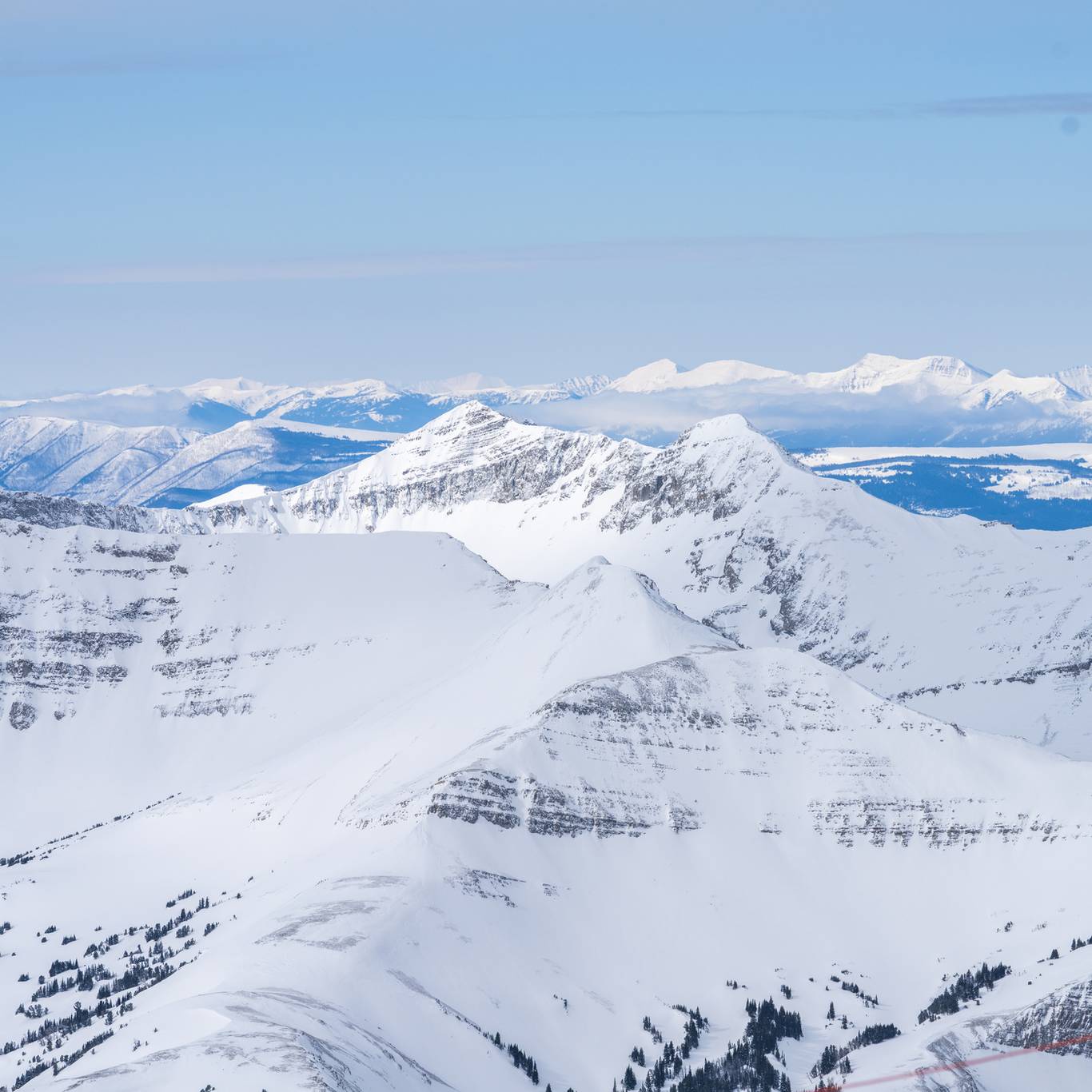
Backcountry Access
Big Sky Resort offers two backcountry gates, accessable from the top of Lone Peak. When skiing or riding in the backcountry, you are leaving the ski area and subjecting yourself entirely to all the dangers and responsibilities the backcountry presents. The ski area assumes no responsibility for skiers or riders going beyond the ski area boundary. Areas beyond the ski area boundary are not patrolled or maintained. Only enter the backcountry if you are well-prepared and familiar with the area and conditions, and use extreme caution. Avalanches, unmarked obstacles, and other natural hazards exist. Rescue in the backcountry, if available, will be costly and take time.
Find more information on mountain resort safety practices from the National Ski Areas Association or by contacting us.
